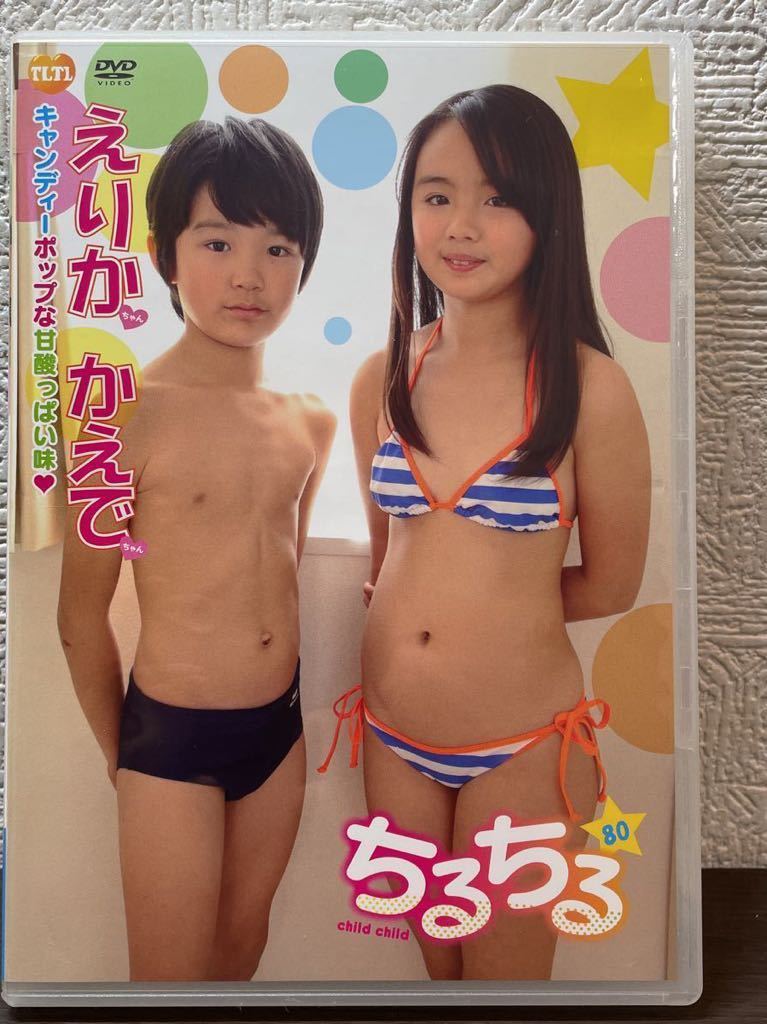
新入荷再入荷
鬼滅の刃 るかっぷ 冨岡義勇 胡蝶しのぶ 不死川実弥
 タイムセール
タイムセール
終了まで
00
00
00
999円以上お買上げで送料無料(※)
999円以上お買上げで代引き手数料無料
999円以上お買上げで代引き手数料無料
通販と店舗では販売価格や税表示が異なる場合がございます。また店頭ではすでに品切れの場合もございます。予めご了承ください。
商品詳細情報
| 管理番号 | 新品 :41394523 | 発売日 | 2024/09/13 | 定価 | 16,200円 | 型番 | 41394523 | ||
|---|---|---|---|---|---|---|---|---|---|
| カテゴリ | |||||||||
















![1UPJ-91117035]ランエボ10(CZ4A)運転席シート](https://auctions.c.yimg.jp/images.auctions.yahoo.co.jp/image/dr000/auc0311/users/7a92c6ba3ebe544472592379ad4abf110d3d992c/i-img600x401-1669768438lkfn0p21965.jpg)










